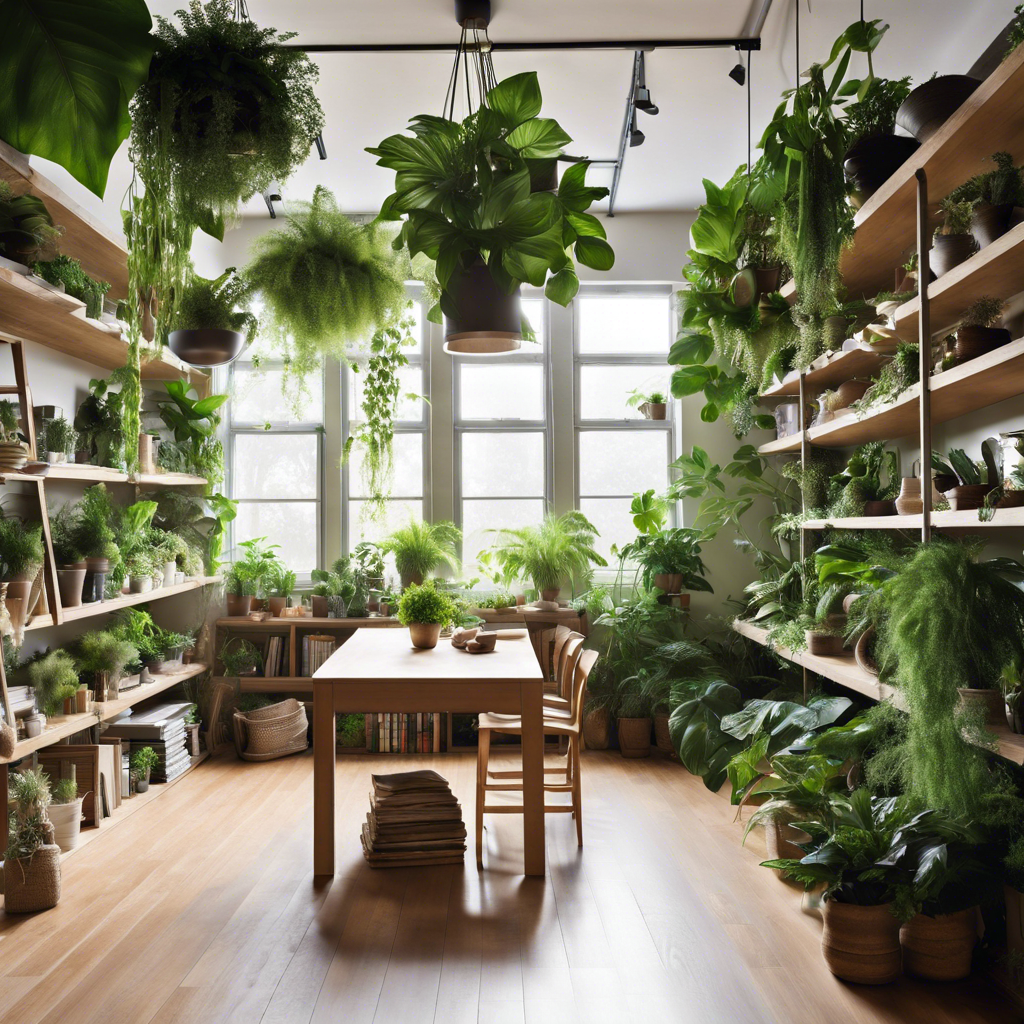
Indoor plants
The Lucky Bamboo: Your Ultimate Guide to This Charming Indoor Plant


DINKAR
10/20/2024
Introduction Lucky bamboo, known scientifically as Dracaena sanderiana, is a popular indoor plant celebrated for its unique appearance and symbolic meaning. Often associated with good fortune and positive energy, this versatile plant can thrive in various conditions, making it an excellent choice for both novice and experienced plant enthusiasts. In this blog, we'll explore the care requirements, benefits, and cultural significance of lucky bamboo.
What is Lucky Bamboo?
Lucky bamboo is not actually bamboo but a member of the Dracaena family. Its slender, segmented stems resemble traditional bamboo, leading to its common name. This plant is often grown in water or soil and can reach impressive heights, adding a touch of elegance to any space.
Cultural Significance
In many Asian cultures, lucky bamboo symbolizes prosperity, good luck, and happiness. According to Feng Shui principles, the number of stalks in a lucky bamboo arrangement is believed to influence the type of luck it brings:
- Two stalks: Love and relationships
- Three stalks: Happiness, wealth, and long life
- Five stalks: Wealth and abundance
- Eight stalks: Growth and prosperity
- Nine stalks: Good fortune and universal blessings
Benefits of Lucky Bamboo
- Air Purification: Like many houseplants, lucky bamboo helps improve indoor air quality by removing toxins and releasing oxygen.
- Low Maintenance: Lucky bamboo is incredibly easy to care for, making it perfect for busy individuals or beginners. It can thrive in low light conditions and requires minimal watering.
- Versatility: This plant can be grown in both soil and water, allowing for creative displays in your home or office.
- Aesthetic Appeal: With its elegant, green stalks and lush leaves, lucky bamboo adds a calming and refreshing touch to any room.
How to Care for Lucky Bamboo
Light: Lucky bamboo thrives in indirect sunlight. Placing it near a window with filtered light is ideal. Avoid direct sunlight, which can scorch the leaves.
Watering: If grown in water, ensure the roots are submerged and change the water every two weeks to prevent stagnation. For soil-grown lucky bamboo, water when the top inch of soil feels dry.
Temperature: This plant prefers temperatures between 60°F and 80°F (15°C to 27°C). Avoid exposing it to cold drafts or sudden temperature changes.
Fertilizing: Use a diluted liquid fertilizer every few months to promote healthy growth. Avoid over-fertilizing, as this can damage the plant.
Common Issues and Solutions
- Yellow Leaves: This can indicate overwatering or too much direct sunlight. Adjust your watering schedule and check the light conditions.
- Wilting: If your lucky bamboo is wilting, it may be thirsty. Check the water level or soil moisture and water as needed.
- Root Rot: If you notice a foul smell or blackened roots, remove the plant from its container and trim away any rotten parts. Repot in fresh soil or change the water.
Conclusion
Lucky bamboo is more than just a beautiful houseplant; it’s a symbol of good luck and a fantastic addition to any indoor space. With its easy care requirements and stunning appearance, it's no wonder why lucky bamboo has become a beloved choice for plant lovers worldwide. Whether you’re looking to enhance your home decor or invite some positive energy into your life, lucky bamboo is a delightful and meaningful plant to consider.
Final Thoughts
Embrace the charm of lucky bamboo in your home today! Whether you’re gifting it to a loved one or nurturing it for yourself, this plant is sure to bring a smile and a sense of serenity to your space.